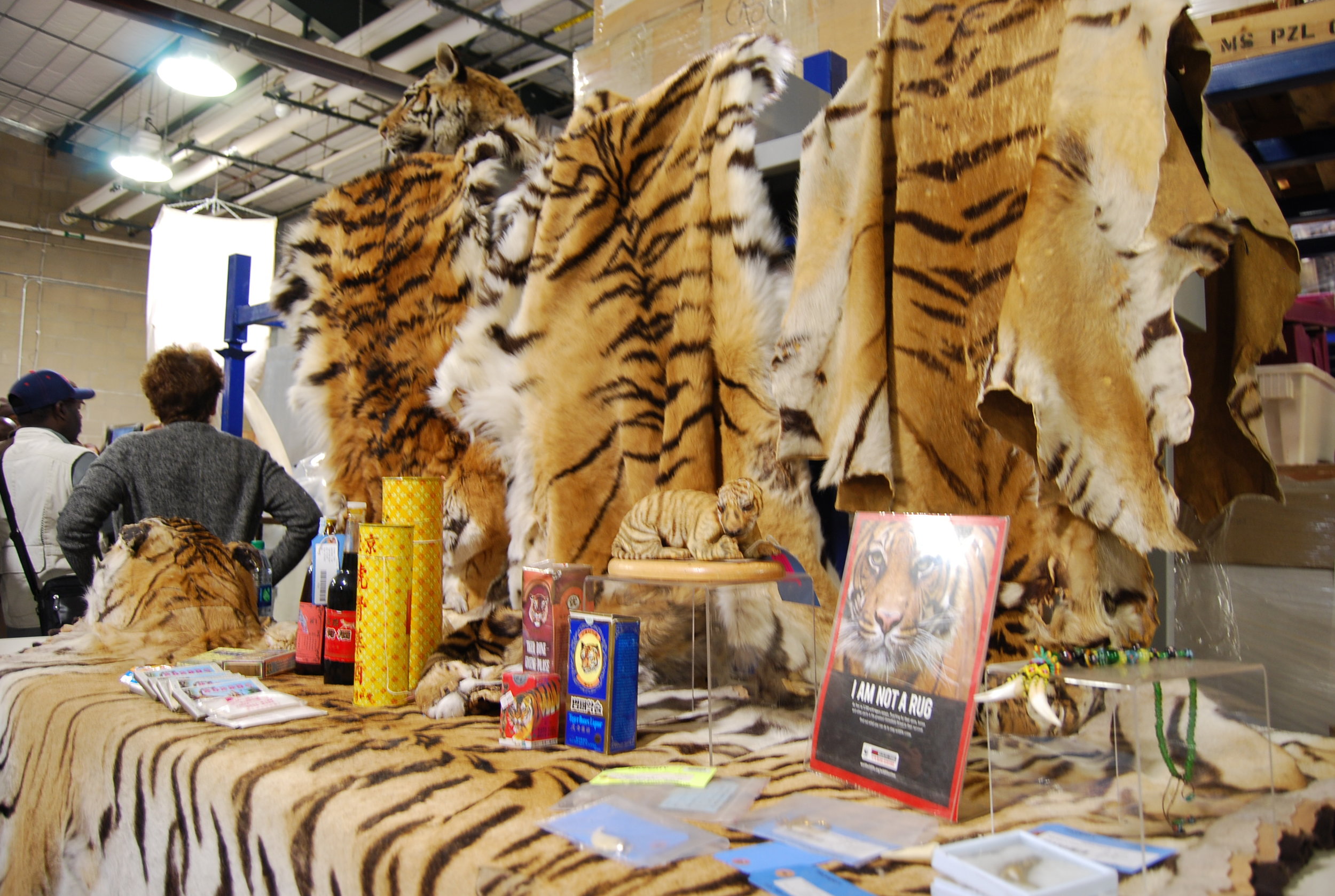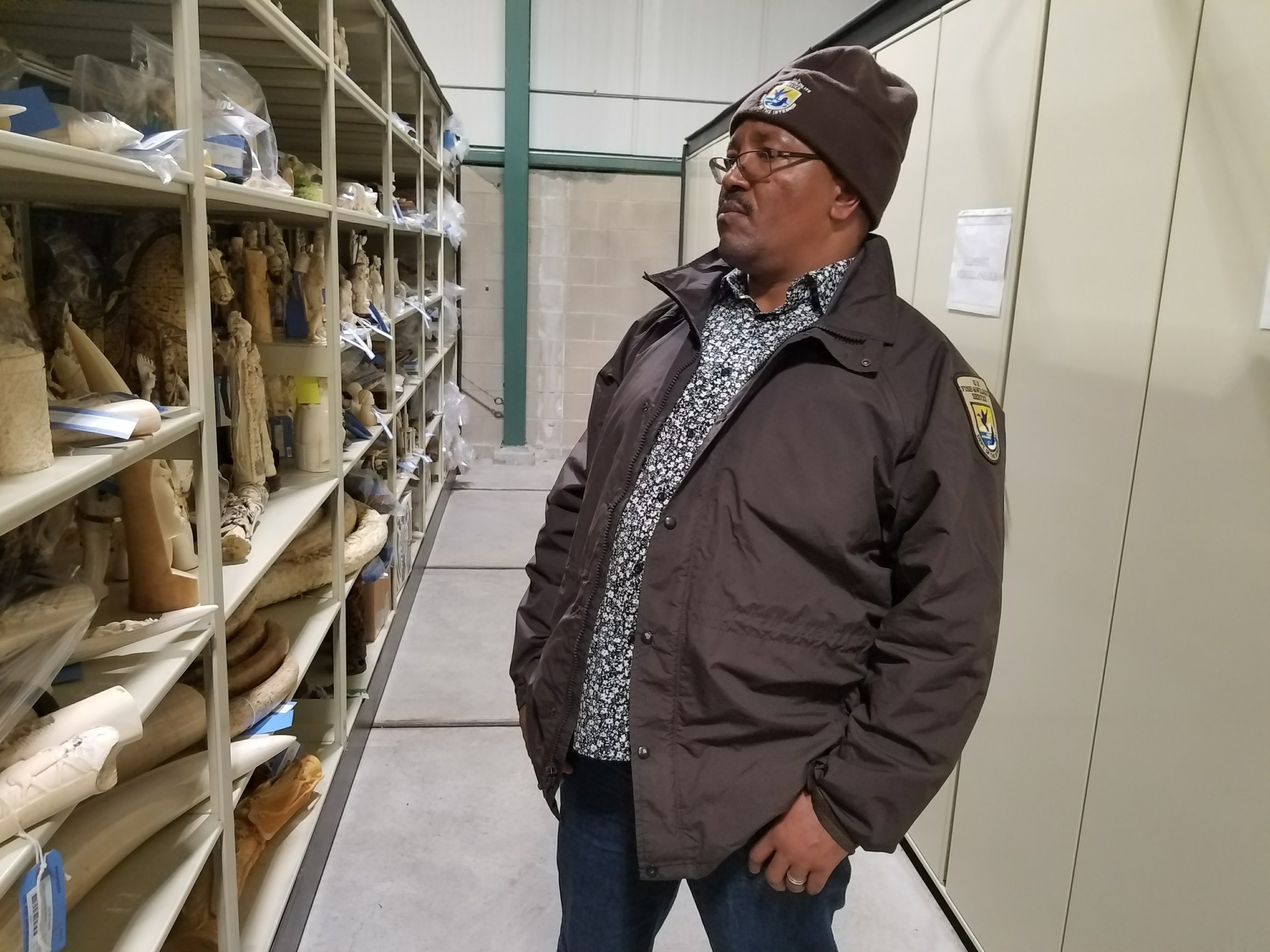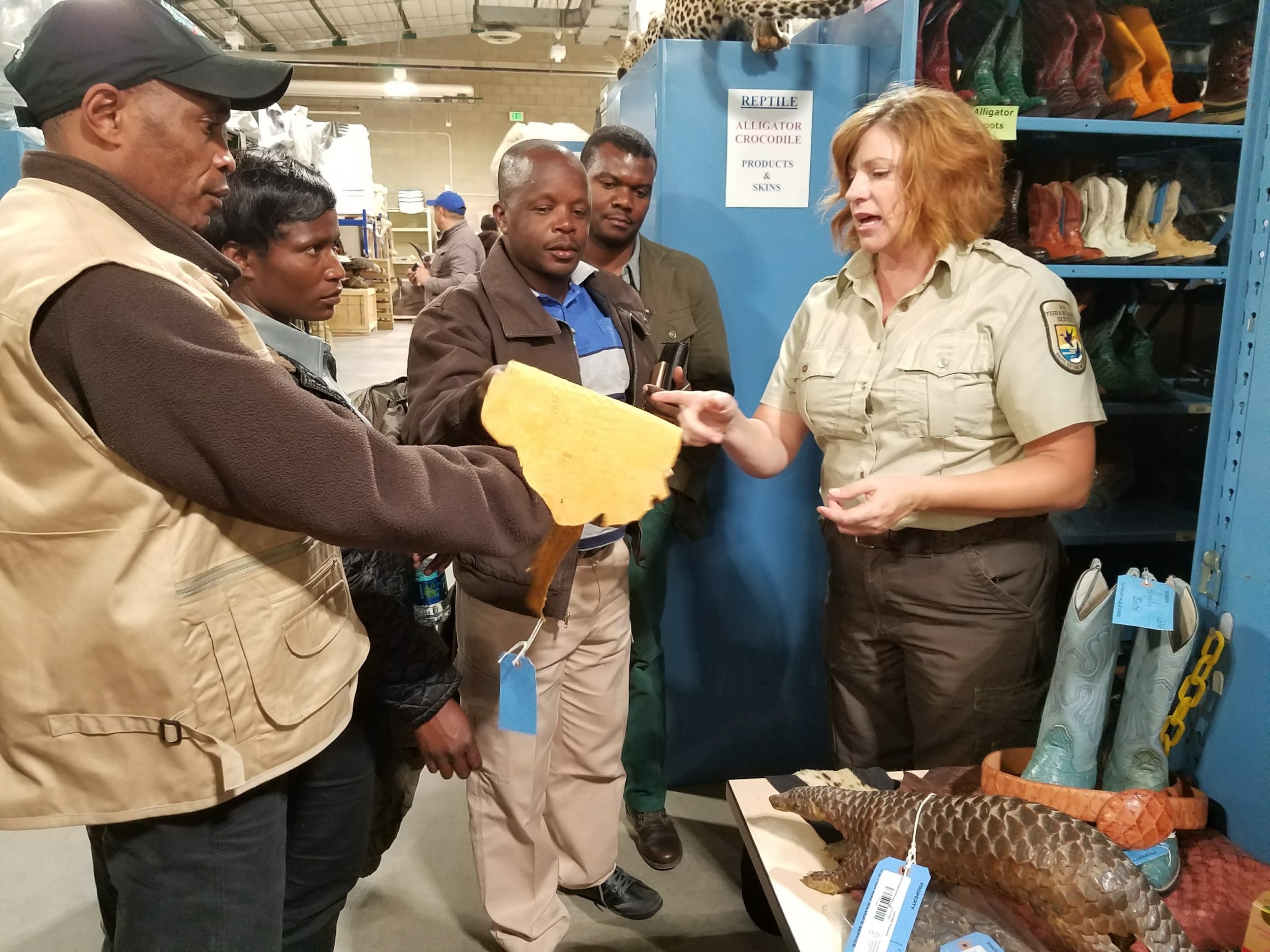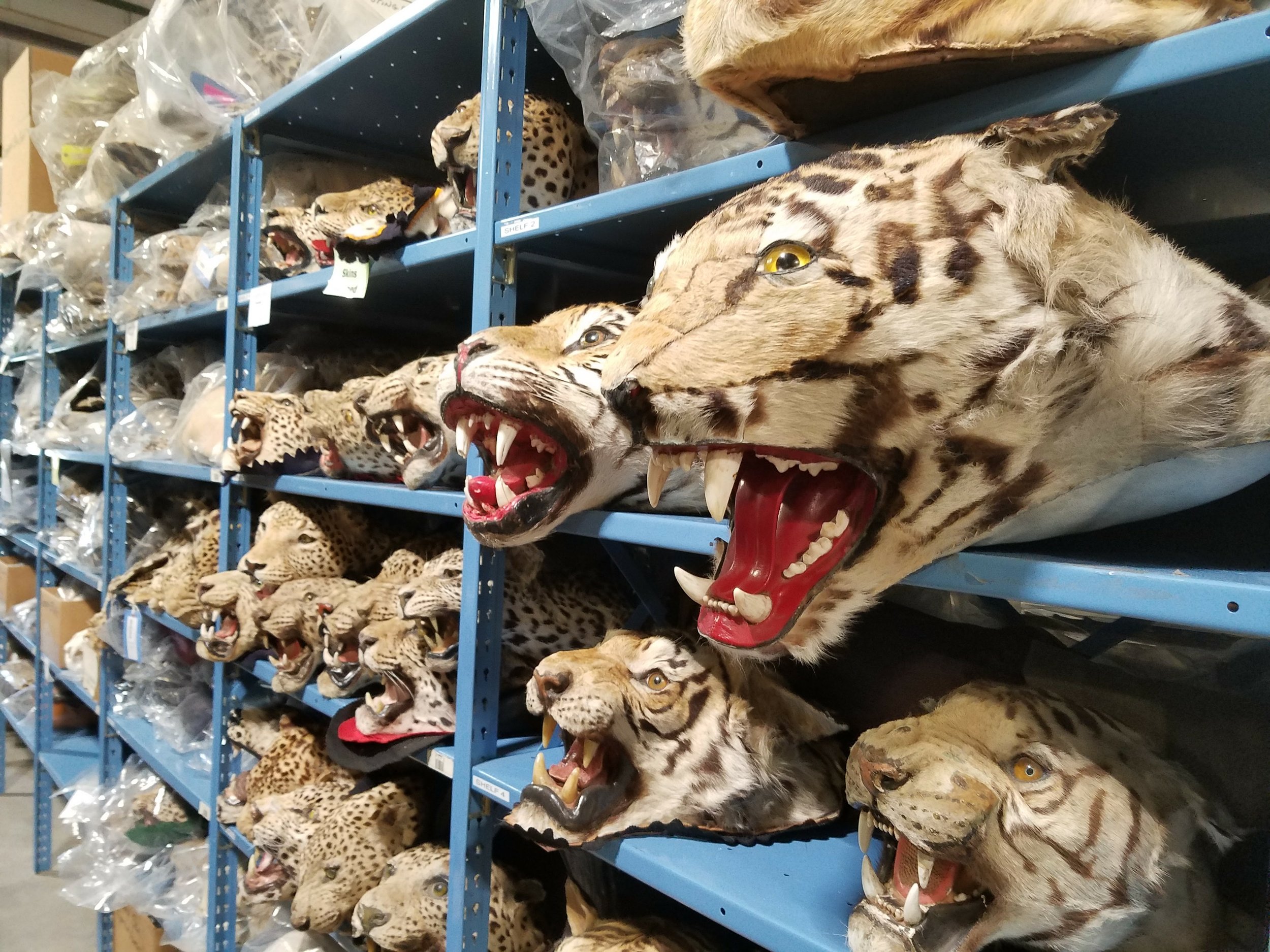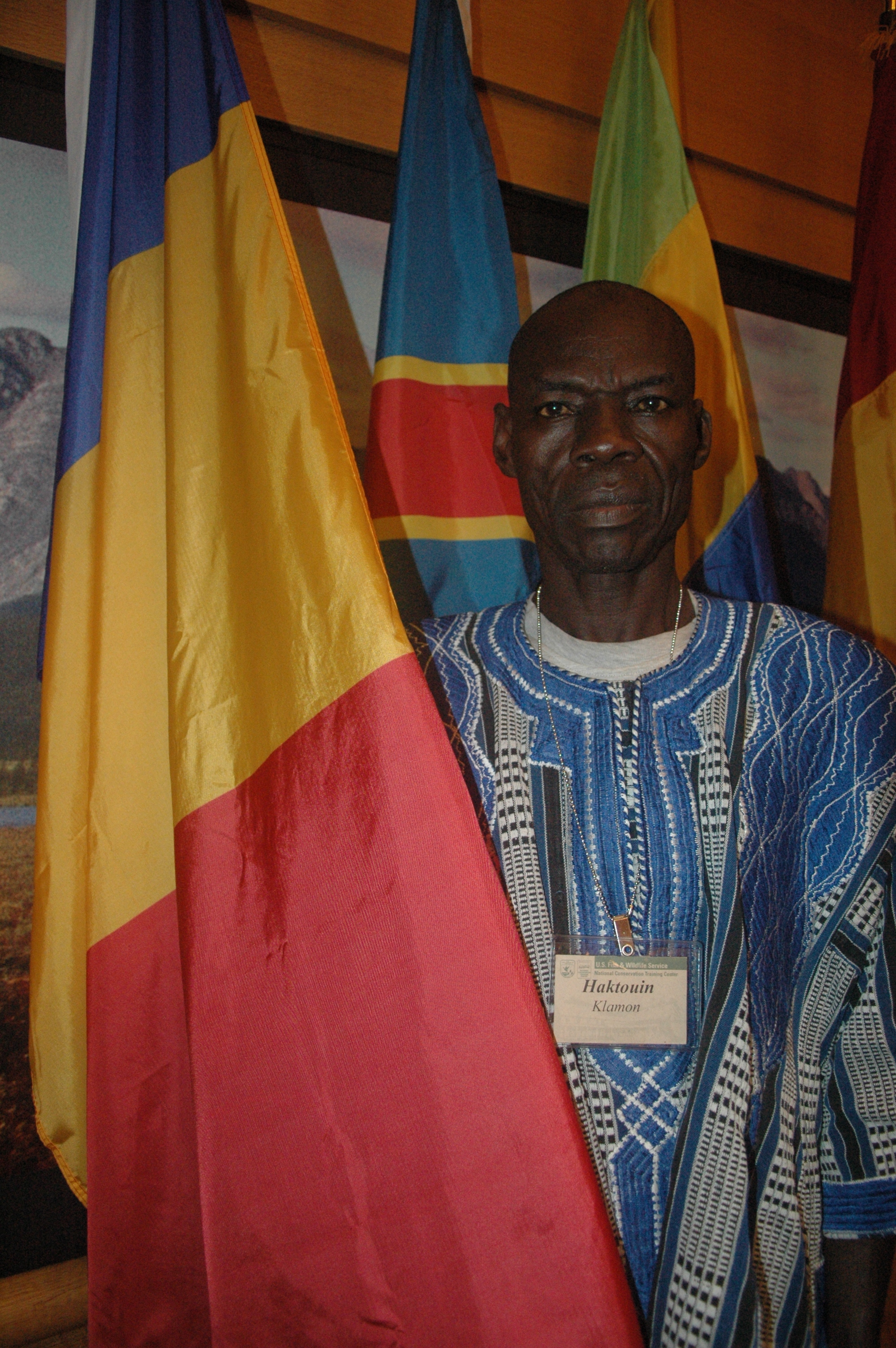Jean Claude Kyungu
DENVER - Jean Claude Kyungu has been attacked 13 times in nearly 20 years of protecting wildlife at Virunga National Park in the Democratic Republic of Congo, Africa’s oldest and most biologically diverse national park.
“I’ve lost four rangers during those attacks,” he says. “And nowadays, every month we are losing one ranger. It is a serious challenge.”
Potentially dangerous working conditions are a part of conservation work everywhere, but particularly so in many African nations, like the Democratic Republic of Congo, where poachers and political unrest put rangers, managers and other conservationists at risk.
More than 160 rangers have sacrificed their lives protecting Virunga National Park in the last 20 years.
“We have lost 12 rangers this year,” Kyungu says. “The armed groups want to use natural resources in the park so when the rangers are doing patrols they are attacked by the armed groups.”
The country gained independence from Belgium in 1960, and afterward “saw a mix of unrest and rebellion, secession, dictatorships, armed conflict, and neighboring countries controlling parts of the D.R.C.'s territory,” according to the U.S. State Department. The country was the battle ground for the African World War (1997-2003) during which time nine African countries fought over the D.R.C’s resources, causing the deaths of upwards of five million Congolese. Armed groups still roam the country, seeking refuge in Virunga National Park and exploiting its resources.
The park, on the border with Uganda and Rwanda, is a UNESCO World Heritage Site and its 3,000 square miles are home to about a quarter of the world’s critically endangered mountain gorillas; the Okapi, an endangered species resembling a zebra but more closely related to the giraffe; and large colonies of hippopotami, forest and savanna elephants, lions, and numerous rare bird species, according to the Virunga National Park website.
“We are losing elephants, we are losing gorillas, we are losing hippos; we are losing chimps. It is a serious problem with us. So now the smaller groups of rangers are being attacked,” Kyungu says. “It is not easy to change but it is a process.”
Part of that process is trying to reduce conflicts with the local community and improve living conditions.
People started creating farms inside the park and were supported by armed groups, so Virunga has focused on clarifying the boundaries of the park and creating community conservation programs to benefit surrounding residents.
“We find out what the population needs and create projects,” says Kyungu, who has led those community conservation efforts for the last four years.
Previously, Kyungu, who has earned a doctorate in protection of gorilla habitat, led the park’s gorilla project and had created a network of community conservation reserves to protect gorillas and chimpanzees in eastern Congo.
A minimum of 30 percent of the park’s revenues is invested in community development projects.
Projects focus on electrification, tourism, sustainable fishing and agriculture. Electrification is the central pillar.
By creating hydroelectric plants, the park can provide power to help create businesses and jobs. Already two plants have been created, and each megawatt of power generated can employ up to 1,000 people, Kyungu says.
The goal is to eventually create power plants that will generate up to 100,000 jobs, helping local residents, including local militia members. Enabling local residents and businesses to afford the $280 hook up to the hydroelectric plants is one of the biggest challenges. The Democratic Republic of Congo is one of the poorest countries in the world, with 77 percent of the populations living on $1.90 or less a day, according to the World Bank.
Despite these challenges and the dangers of his job, Kyungu is excited about applying some of the approaches he learned at the International Conservation Chiefs Academy, and having the opportunity to consult with the conservationists he met during the academy.
Most of all, his deep love for the park that keeps him going.
“I’m passionate about conservation,” says Kyungu.
“When I was young I was travelling across the park and I was very interested in the wildlife. I started to draw the animals and rangers, and I went to the university to study conservation,” he says. “Even if we are attacked I must continue.”


